


































| 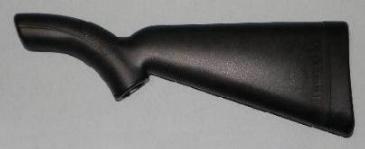 |
| Rifle Fully Assembled and Ready to Shoot | Disassembled and Everything Stored inside Stock |
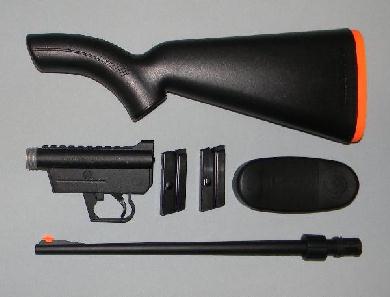 H002B = Black, suggested retail price $290.
H002B = Black, suggested retail price $290.| No. | Weight | Part Description |
| 1. | 18.5 ounces | ABS plastic stock, impact resistant, water resistant, with removable butt piece (shown below stock). |
| 2. | 19.5 ounces | Teflon coated steel receiver, with 3/8 top groove for mounting a scope, and adjustable rear peep sight with two sight holes. |
| 3. | 3.0 ounces | Two 8 round steel magazines (1.5 ounces each). |
| 4. | 10.0 ounces | 16 inch coated steel barrel, with adjustable orange plastic front blade sight, and rear screw-on threaded steel collar. |
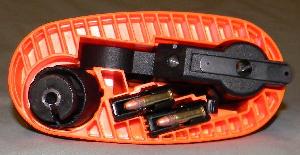 Length:
Length: Right-Hand Design:
Right-Hand Design: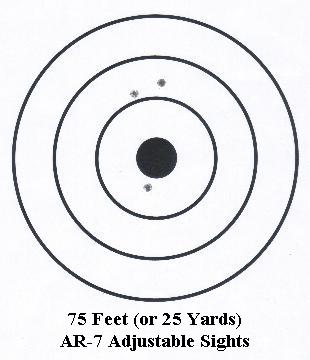 I carefully examined a Henry AR-7 rifle at two different gun shops and both rifles had the front orange blade sight permanently mounted at approximately a one-degree angle tilted to the left. However, I easily fixed this problem by using my finger to push the front sight just a little to the right so the top of the front orange blade sight aligned perfectly in the center hole of the rear sight.
I carefully examined a Henry AR-7 rifle at two different gun shops and both rifles had the front orange blade sight permanently mounted at approximately a one-degree angle tilted to the left. However, I easily fixed this problem by using my finger to push the front sight just a little to the right so the top of the front orange blade sight aligned perfectly in the center hole of the rear sight.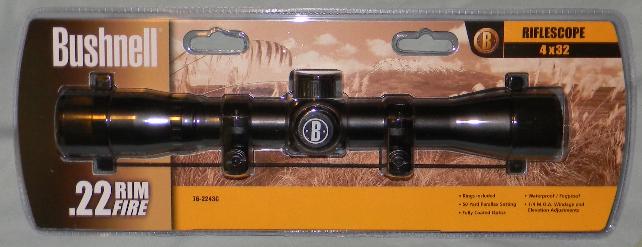 |
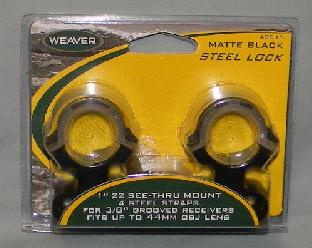 |
| Rifle Scope - Cost $30 | See Through Scope Rings - Cost $12 |
 |
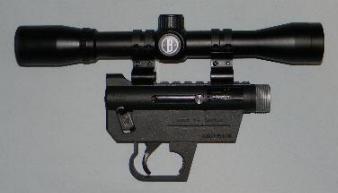 |
| AR-7 Rifle with Scope | AR-7 Receiver with Scope (safety above trigger on left) |
 |
 |
 |
 |
| Beaver 35 to 65 pounds |
Groundhog (Woodchuck) 10 to 20 pounds |
Muskrat 2 to 3 pounds |
Porcupine 15 pounds |
 |
 |
 | |
| Rabbit 2 to 3 pounds |
Raccoon 15 pounds |
Squirrel 1 pound |

